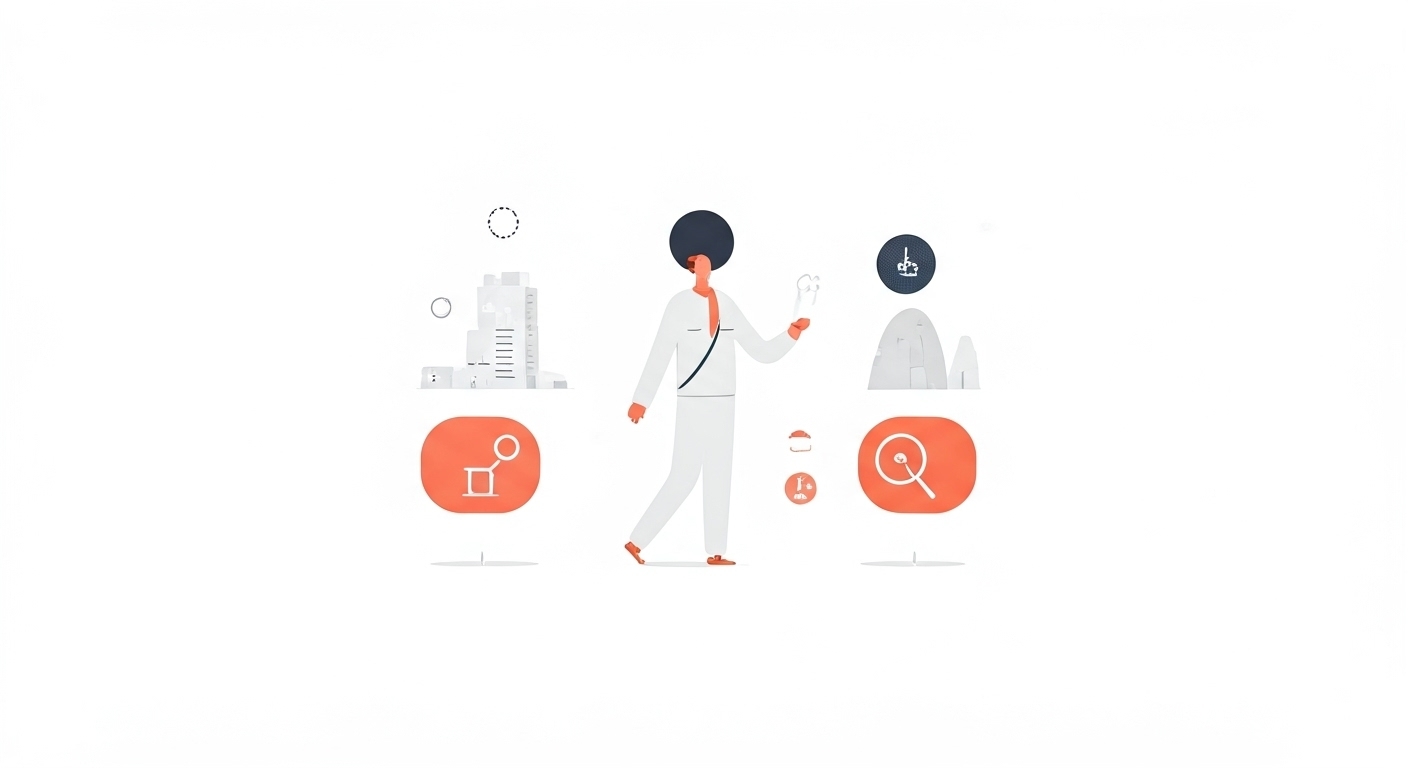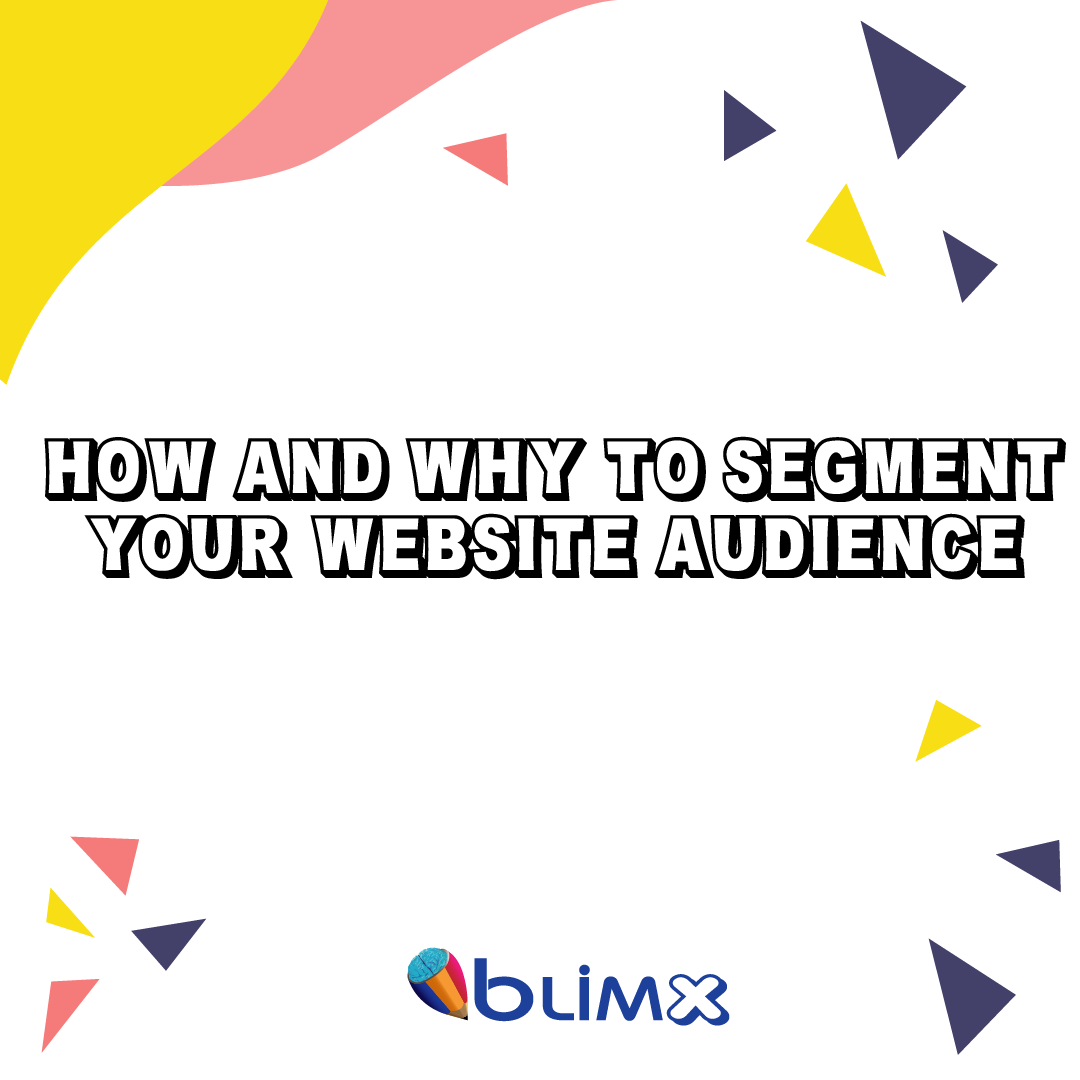Introduction
A/B Testing Layouts for Emotional Response is a vital topic in the world of digital marketing and UX design. In today’s competitive landscape, your ability to build trust through design directly affects conversion rates and overall customer satisfaction. As users become more skeptical of websites and online offers, the need for a well-crafted and credible user experience becomes paramount.
What Makes This Topic Important
When a user lands on your website, their decision to stay or bounce often hinges on the immediate visual and emotional cues. A/B Testing Layouts for Emotional Response helps to shape these first impressions. Strategic layout, intuitive structure, and clear messaging ensure users quickly understand who you are and what value you provide. Users should never feel lost or unsure of what to do next.
Practical Ways to Implement This Concept
To leverage A/B Testing Layouts for Emotional Response, start by reviewing your most visited pages. Ask yourself: Are the key trust elements present? Consider including testimonials, client logos, third-party reviews, or data-driven case studies. All of these serve as proof points that build user confidence. Avoid overloading pages with too many elements or aggressive popups, as they tend to have the opposite effect.
Focus on seamless navigation, clear call-to-action buttons, consistent fonts, and responsive layouts. These design decisions tell your audience you are professional and reliable. Design also communicates intention—so make sure every element exists for a reason, and supports user flow or clarity.
How to Measure Success
Track changes using SEO techniques, A/B testing and heatmaps. Observe how changes in page structure or layout influence scroll depth, click-throughs, and bounce rate. Real improvements in trust often show up as increases in dwell time and goal completions. Small tweaks in layout clarity or headline messaging can have outsized impacts.
Conclusion
A/B Testing Layouts for Emotional Response isn’t just a best practice—it’s a necessity. Building trust through design isn’t an optional enhancement; it’s a core part of any growth strategy. By taking the time to design for clarity, credibility, and consistency, you’ll not only improve conversions—you’ll also build long-term relationships with your audience. The result is a website that doesn’t just look good, but performs exceptionally well. If you’d like to talk to our team, you can contact us.








